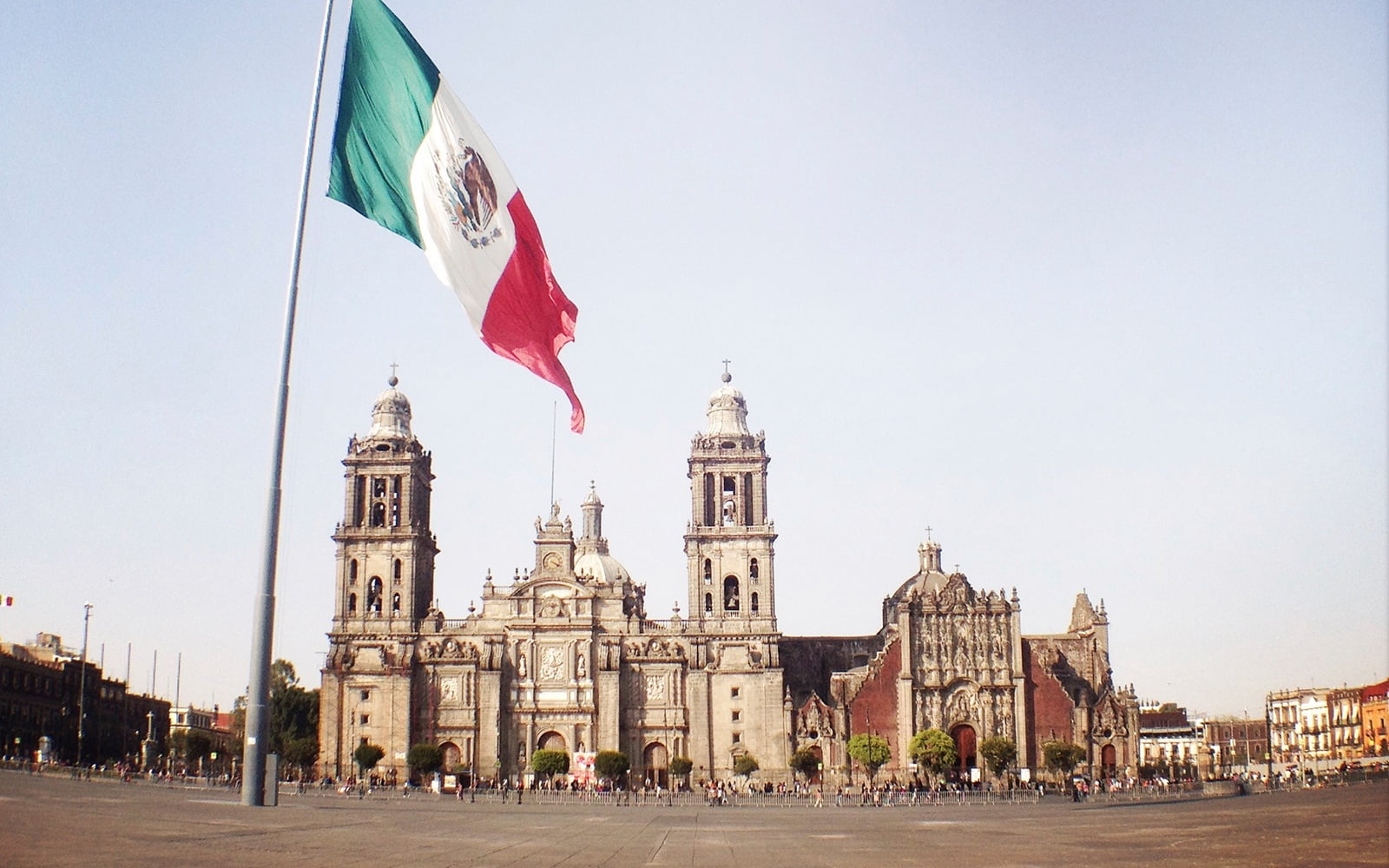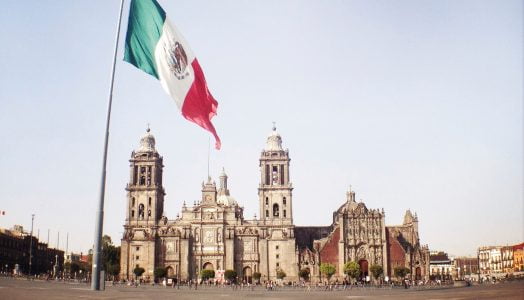A country in North America directly south of the United States. Mexico is a federal republic with 31 states and 1 federal district. Its capital is Mexico City. At present Mexico’s territory covers almost 2 million square kilometers with a population of about 130 million. Major cities include: Mexico City (capital), Guadalajara, Monterrey, Puebla, Tijuana.1 One-fifth of Mexicans live in the metropolitan area of Mexico City and three-fifths live in other cities, leaving only 21 million who are rural.
Mexico’s geographical position makes it an import nation as far as the importation of illegal drugs into the USA – especially cocaine from South America. Joël van der Reijden writes that “Information that came out in the wake of the Kiki Camarena death clearly demonstrates that the CIA and Mexican government have been working hand in hand with the drug cartels, with the CIA apparently controlling and employing them as right wing death squads”, also noting that “hundreds of journalists have been murdered or disappeared in Mexico in the past decades.“[2]
In 2017, as thousands of declassified files on John F. Kennedy were made public, journalist Raymundo Riva Palacio found out that three former Mexican presidents – Adolfo Lopez Mateos (1958-1964), Gustavo Díaz Ordaz (1964-1970) and Luis Echeverria (1970-1976) – were unpaid agents for the U.S. government,[3] leading to the assumptions that these three might not be the only ones. (Wikispooks)
Mexico is the most populous Spanish-speaking country in the world and the second most-populous country in Latin America after Portuguese-speaking Brazil. About 70% of the people live in urban areas. Many Mexicans emigrate from rural areas that lack job opportunities—such as the underdeveloped southern states and the crowded central plateau—to the industrialized urban centers and the developing areas along the U.S.-Mexico border. The Mexico City region has 18 million people and is the largest concentration of population in the Western Hemisphere. Cities bordering on the United States—such as Tijuana and Ciudad Juarez—and cities in the interior—such as Guadalajara, Monterrey, and Puebla—have undergone sharp rises in population and income in recent years.
In 2008, according to the Pew Research Center 12.7 millions of immigrants in the US were of Mexican origin (32% of all immigrants living in that country).[1] Mexicans often join and serve together in the US military. There are high concentrations of Mexicans and Mexican-Americans in California marine units, Texas National Guard units, and, for some unexplained statistical quirk, there are many Mexican Patriot missile operators.
The United States NRA asserts:
- For honest Mexican citizens, guns are outlawed. So drug lords are free and safe to rule the land, government officials are either on the take or in the morgue, and honest citizens are imprisoned in their own homes … unarmed and terrified of what may be outside. [1]
Education
Education is among the Mexican government’s highest priorities, and the education budget has continued to grow in recent years. Funding for education increased from 6.9% of GDP in 2002 to 7.3% of GDP in 2005. While efforts to decentralize responsibility for education from the federal to the state level in order to improve accountability are ongoing, the central government still retains significant authority. Although educational performance in Mexico has improved substantially in recent decades, the country still faces several major problems, including providing education to rural and indigenous populations.
Education is currently mandatory for ages 5 through 15. An education reform law enacted in 2002 will make preschool mandatory for all children ages 3 and up by 2008. This reform is being implemented in stages. In 2005, 77.4% of the population between the ages of 3 and 15 were enrolled in school. Primary, including preschool, enrollment totaled 18.8 million in 2005. Enrollment at the secondary public school level rose from 5.4 million in 2000 to 5.9 million in 2005. After a significant increase in higher education enrollment during previous decades, Mexico has seen a slower rise in university enrollment more recently. Numbers rose from 2 million enrolled in 2000 to 2.4 million in 2005.
Read More at Conservapedia…
Chronological History of Events Related to Mexico
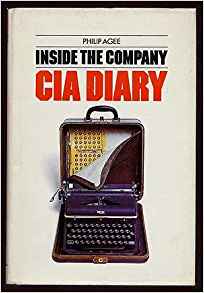
‘Inside the Company: CIA Diary’ is Published by CIA Defector, Phillip Agee, to Inform the Public About what the CIA was Secretly Doing on Behalf of the American People

Henry Kissinger’s Plan for Food Control Population Reduction is Introduced
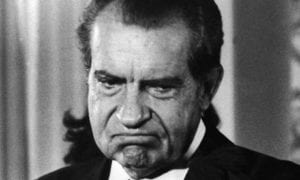
President Richard Nixon: Homosexuality Destroyed the Greeks, Will Lead To The Destruction of US

The Zoot Suit Riots

Smedley Butler, the Most Decorated Marine in U.S. History, Publishes ‘War is a Racket’

Report of the 68th Convocation of the Rose Cross Order
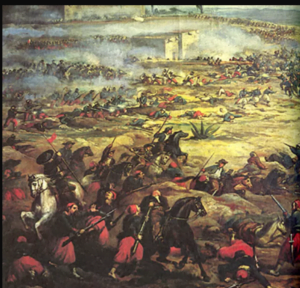
French Intervention in Mexico: The Battle of Puebla and the Origin of Cinco de Mayo


